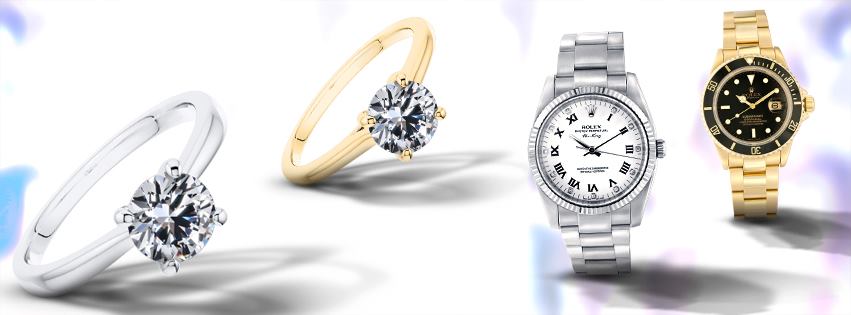Ring-Size chart
The best and easiest way to measure your ring size is to use a ready-made ring size guide. If one of those is not available, then you can use a piece of string or dental floss. Wrap a length of these around the finger at the pace where the ring will sit. Mark the point at which the string or floss overlaps with a pen. Line up the thread on a ruler and check the length in millimetres.
You can use the table below to check the ring size from the millimetre measurement.
|
Ring Size |
Circumference (mm) |
Ring Size |
Circumference (mm) |
Ring Size |
Circumference (mm) |
|
A |
37.8 |
J |
48.7 |
S |
60.2 |
|
B |
39.1 |
K |
50.0 |
T |
61.4 |
|
C |
40.4 |
L |
51.2 |
U |
62.7 |
|
D |
41.7 |
M |
52.5 |
V |
64.0 |
|
E |
42.9 |
N |
53.8 |
W |
65.3 |
|
F |
44.2 |
O |
55.1 |
X |
66.6 |
|
G |
45.5 |
P |
56.3 |
Y |
67.8 |
|
H |
46.8 |
Q |
57.6 |
Z |
68.5 |
|
I |
48.0 |
R |
58.9 |
|
|
If you have large knuckles, make sure that they are smaller then the size of the ring. If your knuckles are, then choose a half size bigger then the measurement suggests.
As our fingers change in size across the day, it is worth checking the ring size at different times of the day and using the largest as a size guide.
A ring with a wide band may need to be slightly larger than a ring with a narrow band.







